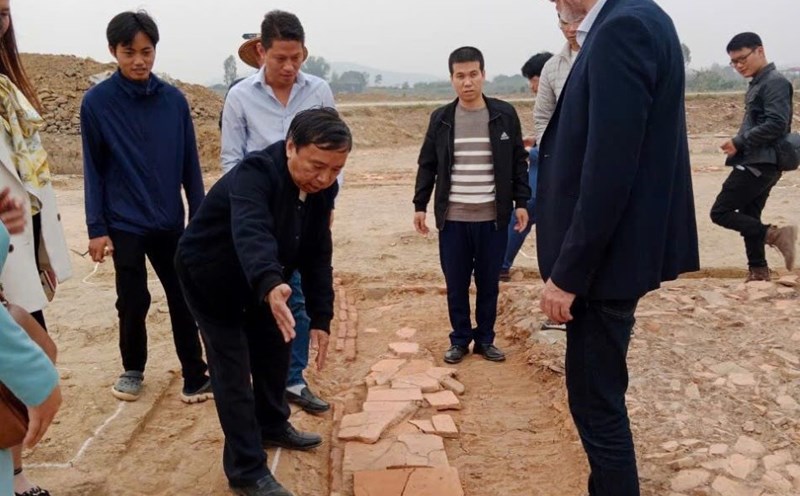According to Reuters, the goal of this nuclear negotiation round is to seek progress in the context of Washington showing a tougher stance towards President Donald Trump's Middle East trip from May 13 to 16.
Although both sides have emphasized the desire to resolve disagreements through diplomatic channels, "red lines" stance still makes the negotiation process challenging.
On the Iranian side, led by Foreign Minister Abbas Araqchi, he said he would defend his clear principles. He said a group of Iranian experts were in Oman ready for consultations if necessary.
Araqchi said on Iranian national television that the country would not cede basic nuclear rights, including uranium enrichment. He emphasized: "Iran has a clear and famous stance. We hope to reach a decisive point of view at the meeting on May 11."
Mr Trump's special Middle East delegate, Mr Steve Witkoff, asked Iran to dismantle all nuclear facilities in Natanz, Fordow and Isfahan, and completely stop uranium enrichment activities.
"If the May 11 negotiations do not yield results, we will have to find another way," he warned in an interview with Breitbart News.
Iran has opposed the above demands, saying they are unrealistic and go against the desire to promote negotiations. "The US's request not to enrich and dismantle all nuclear facilities will not help the negotiations process," a senior Iranian official said. He also pointed out the difference between public statements and the content of actual US discussions in closed-door meetings.
In addition to the nuclear issue, Iran has also denied the possibility of including its ballistic missile program in negotiations, and called for guarantees that the US would not unilaterally withdraw from the deal again if it were signed.
Since withdrawing from the 2015 nuclear deal in 2018 and reimposing severe sanctions, the Trump administration has restarted a "maximum pressure" campaign against Tehran. Iran, meanwhile, insists its nuclear program is for peace alone, but has exceeded the 2019 agreement, including enriching uranium up to 60%, nearly 90% of which can be used for weapons purposes.











